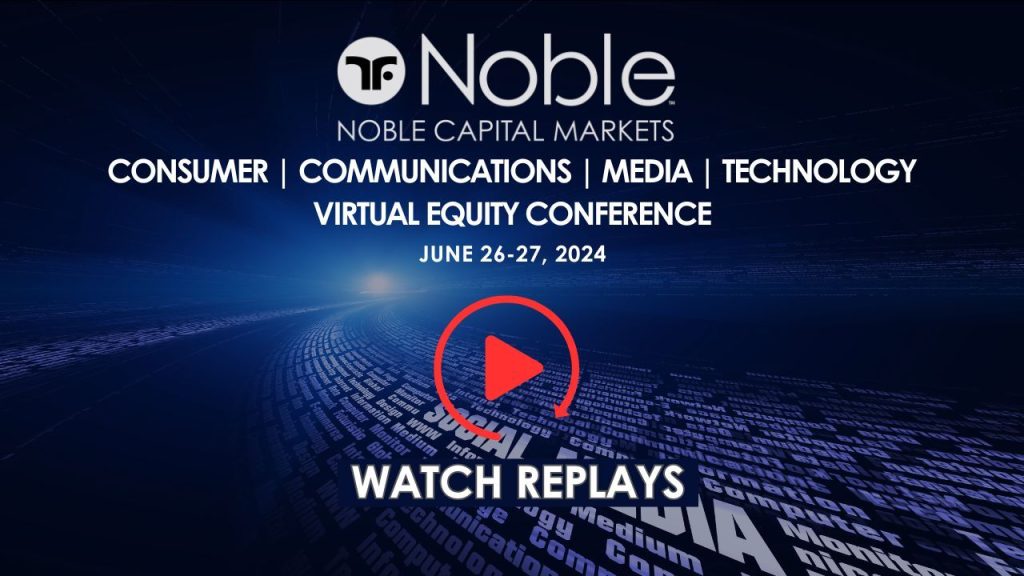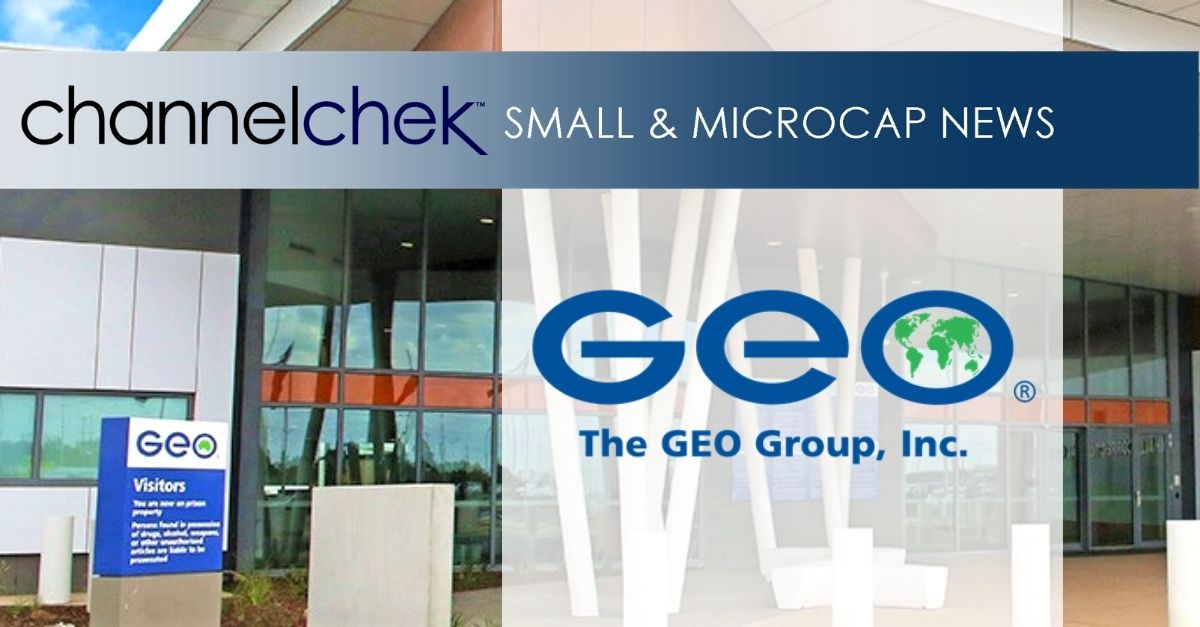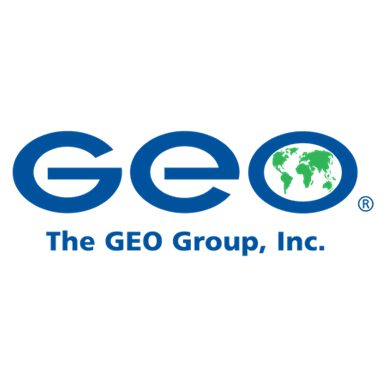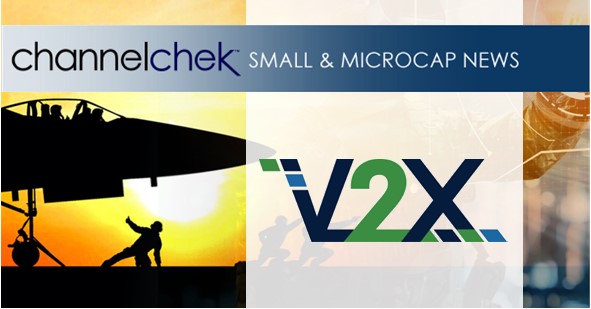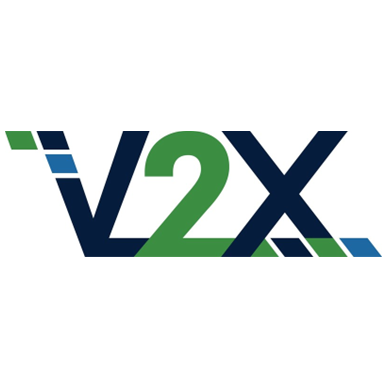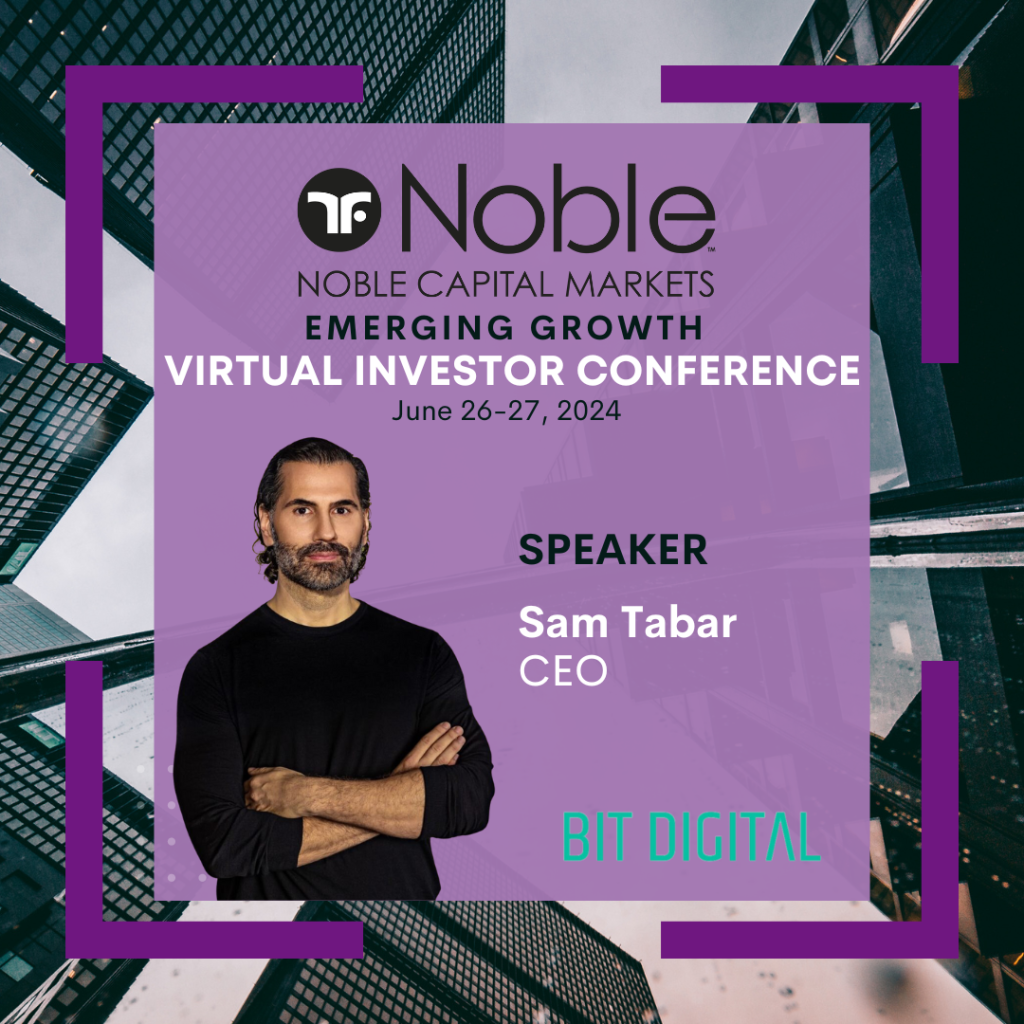| Key Points: – Nasdaq falls nearly 3% after disappointing earnings from Alphabet and Tesla – Tech sector leads market decline, potentially signaling a shift in investor sentiment – Economic data adds to concerns about U.S. economic health |
The U.S. stock market experienced a significant downturn on Wednesday, primarily driven by underwhelming earnings reports from major technology companies. This event highlights the influential role these firms play in overall market performance.
The Nasdaq Composite, which is heavily weighted towards technology stocks, dropped by almost 3%, marking its largest single-day decline since late 2022. The broader S&P 500 index also fell by 1.7%, while the Dow Jones Industrial Average decreased by 0.8%.
Two key players in the tech sector, Alphabet (Google’s parent company) and Tesla, reported earnings that fell short of investor expectations. Alphabet’s shares declined despite beating overall revenue and profit forecasts, as YouTube advertising revenue underperformed. Tesla’s stock price fell more sharply, following weaker-than-anticipated results and a decrease in automotive revenue compared to the previous year.
The disappointing performance of these tech giants had a ripple effect across the sector. Other major technology companies, including Nvidia, Meta Platforms, and Microsoft, also saw their stock prices decline in sympathy.
It’s worth noting that these large technology companies have been the primary drivers of market gains this year. Their outsized influence means that when they underperform, it can have a significant impact on overall market indices.
Interestingly, while large-cap tech stocks struggled, smaller companies showed resilience. The Russell 2000 small-cap index has performed well this month, potentially indicating a shift in investor focus towards a broader range of stocks.
Adding to market concerns, recent economic data painted a mixed picture of the U.S. economy. A report showed manufacturing activity unexpectedly contracting, while new home sales came in below expectations. These indicators raised questions about the overall health of the economy.
However, it’s important to maintain perspective. Despite the disappointing results from some tech giants, the broader earnings season has started positively. Over 25% of S&P 500 companies have reported second-quarter earnings, with about 80% exceeding expectations.
For investors, particularly those new to the market, this event serves as a reminder of the importance of diversification. Relying too heavily on a small group of high-performing stocks can increase risk. It also demonstrates that even the most successful companies can face challenges.
As we move forward, market participants will be closely monitoring upcoming earnings reports and economic data. The next few weeks will be crucial in determining whether this is a temporary setback or the beginning of a more significant market shift.
In conclusion, while days like this can be unsettling, they are a normal part of market dynamics. Understanding these fluctuations and maintaining a balanced, long-term perspective is key to navigating the complexities of the stock market.
